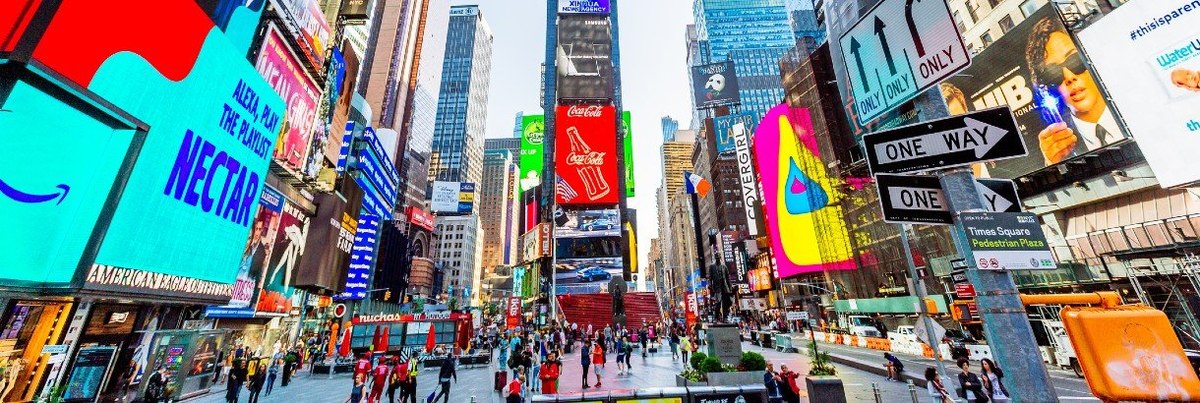
Diversity in ads: Are brands doing enough?
Advertisements have always been key to building a brand's image. A new global survey by YouGov, however, shows that advertisements are still failing to be fully effective – in the absence of diverse representation.
Across 17 markets, more than two-fifths of global consumers (44%) feel that they are not fully represented by the people they see in adverts.
The data indicates that it’s consumers in Europe who are more likely to disagree with the notion that they feel fully represented by the people they see in ads. This view is most pervasive in Germany and Sweden where three in five respondents say so (60% and 59% respectively). With half of Britons telling us that they do not feel fully represented by people in advertisements, it’s the older audience here, above the age of 55 years, who are more likely to feel this way (63%).
Time and again, there have been concerns regarding representation in casting for Hollywood. And when it comes to advertisements, a considerable proportion of US adults (more men than women) believe that they are not fully represented by the people in advertisements (42%). A similar attitude also persists among respondents in urban Mexico (44%).
A plurality of consumers in Australia (43%), Hong Kong (38%), China (38%) and Singapore (35%) don’t feel represented in adverts. On the flipside, the share of adults in the UAE and urban India who feel that people like them are fully represented by the people in advertisements significantly outnumber those who say the opposite (34% vs 22% in UAE and 38% vs 21% in India).
It’s fair to say that consumers worldwide are looking for diversity when it comes to adverts. Given this consumer expectation to see people that look like them in ads, brands can approach advertising as a way to not only sell products and build their image, but also shape and impact society.
Receive monthly topical insights about the media and content industry, straight to your inbox. Sign up today.
Discover more media content here
Start building a survey now with YouGov Direct
Methodology: The data is based on the interviews of adults aged 18 and over in 17 markets with sample sizes varying between 509 and 2012 for each market. All interviews were conducted online in June 2021. Data from each market uses a nationally representative sample apart from Mexico and India, which use urban representative samples, and Indonesia and Hong Kong, which use online representative samples.